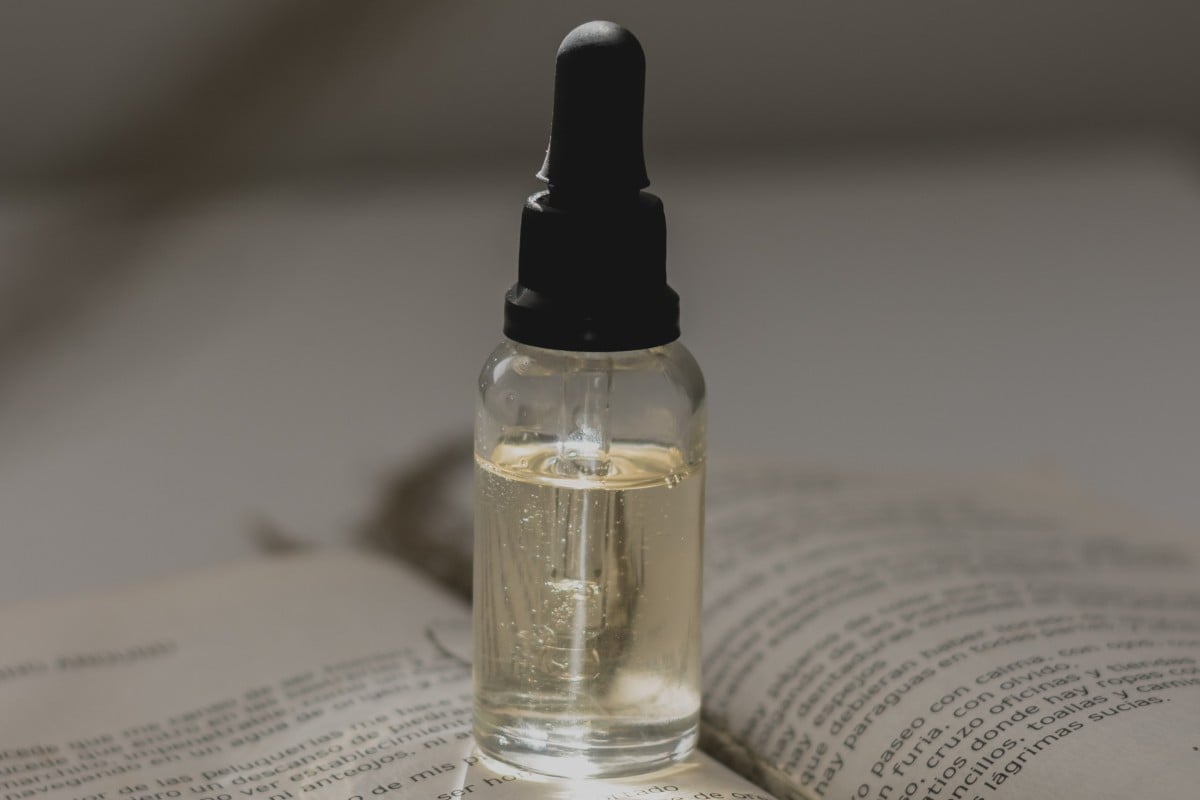Exfoliants come in three types: physical, chemical, and enzymatic, and they’re all after the same goal—to promote cell turnover and resurface the skin. But here’s the catch: they do their thing in different ways. Some merely scratch the surface and remove the top layer of the skin, while others go deep and penetrate even through the oil in the pores, exfoliating at a more profound level. To put it simply: while all exfoliants shed dead skin cells, certain types are better suited for different situations. Read on to learn the different types of exfoliants and how to choose the one that’s right for your skin.
Physical exfoliants
Physical exfoliants (or mechanical) are the conventional types of exfoliants and the most abrasive ones. They involve the use of crystalline granules or tools to manually remove the top layer of the skin. Besides, they help to stimulate lymphatic drainage and increase blood flow to the skin. Examples include scrubs (such as those with coffee grounds, sugar, salt, or jojoba beads), cleansing brushes, sponges, and rough washcloths.
The thing with this type of exfoliant is that it can be too harsh and cause micro-tears in the skin if used too aggressively. That’s why experts recommend saving scrubs for body parts with thick skin, like the arms and legs, rather than using them on the face. Also, for the same reason, people with sensitive, acneic, or eczema-prone skin should steer away from physical exfoliants as they are more likely to cause inflammation and damage the barrier. On the flip side, if your skin is normal, thick, or oily, you could benefit from the exfoliation of a mild scrub or delicate brush and even use it on the face (if it’s specially designed).
I recommend scrubbing after showering because the hot water and steam help to open up the pores, which makes it easier to remove dead cells and debris from the skin. Also, because physical exfoliants are very coarse, you shouldn’t use them more than twice a week to avoid destroying the uppermost layer of your skin. Just be sure to use gentle pressure and avoid areas that are tender or damaged. Wash off with lukewarm water after scrubbing and dry off with a soft towel.
Chemical exfoliants
Chemical exfoliants are acids in varying concentrations used to get rid of dead cells either on the skin’s surface or in deeper layers. They work by dissolving the glue-like substances that hold old cells together so that they come off and are replaced by fresher ones.
This type of exfoliation is not as gritty or abrasive as the physical one, so just about anyone can give it a go as long as they pick the right strength and formula for their skin. Also, chemical exfoliants are the most versatile and are found in almost every type of formulation. For example, they can be found in concentrations of up to 20% in facial peels, which is the most powerful form of exfoliation. They’re also often added to cleansing products and toners to provide mild exfoliation that’s perfect for daily use.
When it comes to chemical exfoliants, there are three big players: alpha hydroxy acids (AHAs), beta hydroxy acids (BHAs), and polyhydroxy acids (PHAs). Each of them has a unique molecular structure that determines the depths they can reach into the skin. Most of the time, the best is to use a blend of acids to renew the skin on multiple layers at once.
- Alpha-hydroxy acids: AHAs are water-soluble compounds naturally derived from various fruits, sugar cane, or milk. Think of glycolic acid (from sugar cane), malic acid (from apples), lactic acid (from sour milk), tartaric acid (from grapes), and citric acid (from citrus fruit). Because they’re water-soluble, AHAs work mainly on the skin’s surface to loosen the bond between dead cells and don’t typically penetrate deeper layers. They also have some unique properties. One is that they act as humectants to draw water from the air into the skin. Moreover, they have been found to support collagen production, which is the main protein that gives skin structure. AHAs are often used in concentrations up to 20% and are suitable for every type of skin. They’re particularly effective for softening aging lines, dullness, lack of firmness, and radiance.
- Beta hydroxy acids: BHAs best known for preventing and treating acne. The most prevalent BHA is salicylic acid, which is oil-soluble. This means it can penetrate the fat layers, reach into pores and unclog them of gunk and bacteria. BHAs are particularly useful in regulating excess sebum production, balancing oily and acne-prone skin, clearing congested pores, and reducing breakouts.
- Polyhydroxy acids: PHAs consist of lactobionic acid, galactose, and gluconolactone. They are gentler than AHAs and BHAs, hence are more suitable for sensitive, problematic, and dry complexions.
Enzymatic exfoliants
Enzymatic exfoliants are the mildest type of exfoliants. As the name suggests, they use enzymes from fruits (think pineapple and papaya) to break down keratin on the uppermost layer of the skin and dissolve dead cells. Due to their mode of action, enzymatic exfoliants work at a much slower pace than chemical acids, which means they’re gentler and perform better on people with very sensitive skin.
Enzymatic exfoliants not only remove dead skin cells but also provide additional benefits such as brightening, hydrating, and improving the skin’s overall texture. This is because some enzymes have antioxidant properties that protect the skin from environmental damage. Others, such as papain, have anti-inflammatory and antibacterial properties that are great for treating acne and diminishing blemishes.
Which type of exfoliant is best for you?
Do you have dry or sensitive skin? Then physical exfoliants may be too harsh for you and cause irritation or redness. In this case, a gentle enzymatic exfoliant or a low-strength chemical acid, like lactic or glycolic, is a much better option. If your skin is dehydrated, you can go for a PHA product, which is much more hydrating.
For oily and acne-prone skin, the best is to reach for a blend of AHAs and BHAs. AHAs are great for surface-level exfoliation, while BHAs are better for deeper, pore-cleansing exfoliation. In other words, they’re a powerful combination for treating breakout-prone and congested skin. According to multiple studies, using a product that contains both can help unclog pores, reduce inflammation, and improve overall skin texture.
Furthermore, go for AHA exfoliants if your goal is to reduce fine lines and wrinkles, brighten dark spots, or smoothen rough skin.
Experts insights
Remember to listen to your skin when it comes to exfoliation. If your skin feels tight, dry, or irritated after exfoliating, it may be a sign that you’re overdoing it, and you should reduce the frequency or use milder products.
Some experts recommend alternating between different types of exfoliants to get the best results. For example, you could use a physical exfoliant like a scrub one day and then use a chemical exfoliant like a peel or serum the next day. This can help ensure that you’re getting a thorough exfoliation without over-stressing your skin.
Moreover, exfoliation often leaves the skin more sensitive to the sun the following week. Hence, make sure you protect yourself from sun damage by applying broad-spectrum sunscreen with 50 SPF every day.
Finally, it’s very important to maintain your skin moisturized after exfoliation to reduce the chances of breakouts and redness. Therefore, follow up with a hydrating moisturizer every time you exfoliate.





